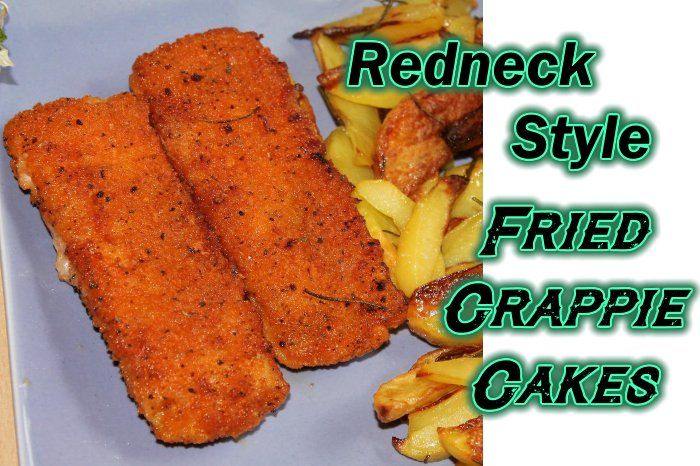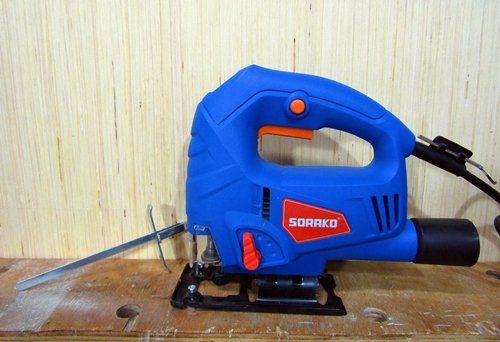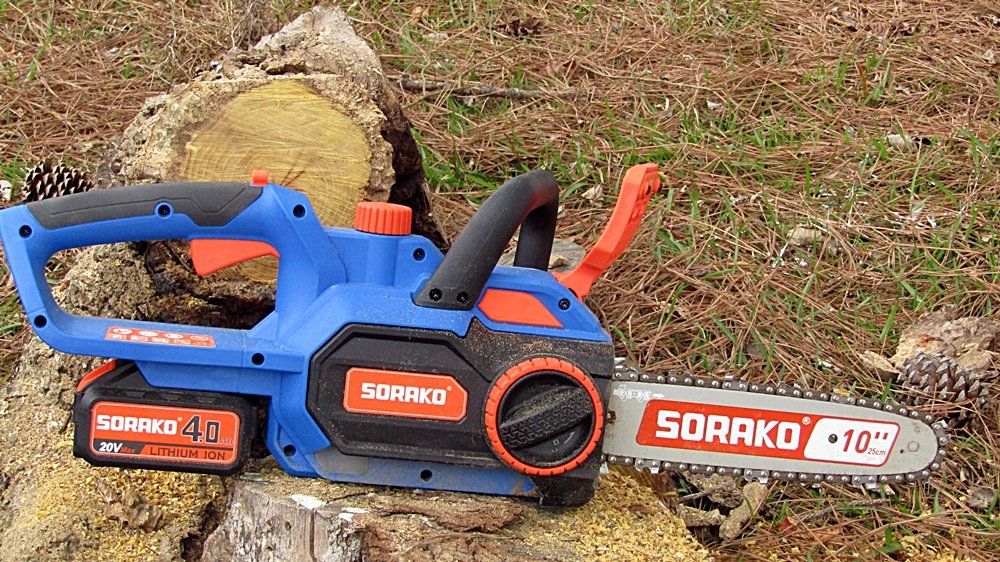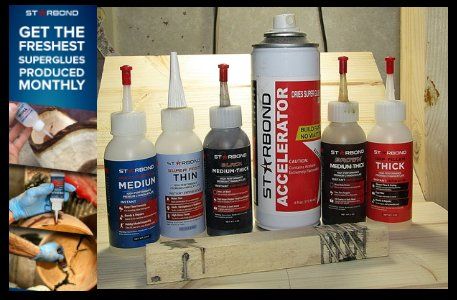Wild Turkey Recipe - White Wine Basted
March 11, 2015
Stuffed with sautéed onion and mushrooms pate'.
The white wine with turkey and sautéed onion and mushrooms pate' for the stuffing make this turkey recipe a winner. And it’s pretty a pretty easy recipe to make too.
Sautéed onion and mushrooms pate' ingredients:
- 1/4 cup butter or margarine
- 2 medium onions, chopped
- 1 cup chopped mushrooms (about 1/4 lb.)
- 2 qt. fresh white bread crumbs
- 1/4 tsp. pepper
- 1/4 cup finely chopped parsley
- 1 tsp. salt
- 1 tsp. dried thyme leaves
- 1 tsp. marjoram leaves
- 1 lb. chicken livers, finely chopped
Wine with turkey ingredients:
- 1 tbsp. salt
- 1 tsp. pepper
- 1/4 cup olive or salad oil
- 1 small onion, sliced
- 1 clove garlic, halved length-wise
- 2 whole cloves
- 1 bay leaf
- 1/4 tsp. dried basil leaves
- 1 can (10 1/2 oz.) condensed chicken broth, undiluted
- 1/2 cup white wine
- Sauté onion and mushrooms in hot butter in skillet until onion is tender. Turn into large bowl. Add chicken liver, bread crumbs, parsley, salt, thyme, marjoram and pepper; toss the sautéed onion and mushrooms and other ingredients lightly until thoroughly combined.
- Preheat oven to 400 degrees F. Mix salt and pepper; sprinkle part of mixture inside turkey. Spoon stuffing into neck and body cavities; close cavity with twine, and fasten wing tips to body with twine. Tie ends of legs together. Place turkey, breast up (omitting rack) in a deep roasting pan with a tight fitting cover. Brush with oil and sprinkle the remaining salt and pepper. Roast uncovered 30 minutes or until lightly browned. This pre-roasting method can help achieve that lovely browned color in this wild turkey recipe, other wild birds, or even chicken.
- Remove from oven; reduce oven temperature to 350 degrees F. Insert meat thermometer in wild turkey thigh at thickest part. Add onion, garlic, cloves, bay leaf and basil to roasting pan. Pour chicken broth and wine over turkey. Cover pan tightly. Roast, basting every 30 minutes, for 2 1/2 hours, or until thermometer registers 185 degrees F. Leg joints should move freely. Remove turkey from roasting pan; remove twine. Let stand 30 minutes, then refrigerate, covered, until chilled--overnight. Serve roasted wild turkey basted with white wine cold, garnished, and carved beside sautéed onion and mushrooms pate'.
Redneck Know How Blog
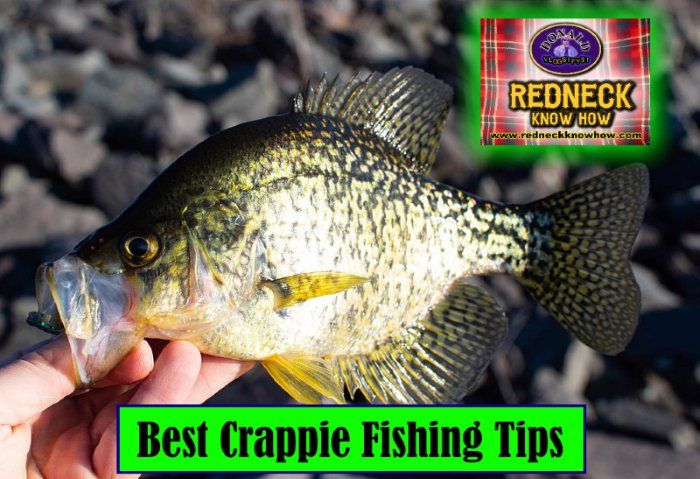
Every fisherman has his or her own favorite techniques to catch this beloved fish. Why is crappie, (or pomoxis, if you want to get scientific), are so beloved? Well, they give one heck of a fight when caught. A 2 lb. crappie can put up a fight to rival a bass of larger size. So catching them is fun. There is also the taste factor. Fried crappie tastes great.

Everybody seems to be in love with dovetails these days. Myself included. They look nice, feel nice, and they make the woodworker feel an overwhelming since of pride when he makes tight and even. Especially the hand cut dovetails. Dovetail joints can be produced with power tools. And there are dovetail jigs you can buy and make. It makes getting precise dovetails with no gaps a lot easier. But nothing feels more satisfying than finally getting hand cut dovetails tight and gap free. And for the record, I use the term, “gap free”, very loosely. I’d wager that even the best woodworker gets gaps in their dovetails no matter how hard they try. Maybe not as many as us new to middlin’ woodworkers, and certainly not as noticeable, but there are gaps in their dovetails. Nowadays, people use dovetails not only as a joint, but as decoration. A showpiece if you will to show off the craftsmanship of the woodworker. But the reality is that they were not originally meant to be pretty. They were utilized to hold pieces that were heavily used together. Such as drawers or other parts of furniture and other items that were constantly pulled or tugged on. In the example below, you can see how the angles of the dovetails will keep the joint from coming apart during the tugging of the drawer when opening it. This part of the joint is where the dovetail joint get’s it’s name. Often when used on boxes, the orientation of those angles are switched around, placing them on the front of the box as a decoration, and the pins of the joint is put on the side. Great for looks, not so great for function. Of course for most smaller boxes, the function of the dovetail really isn’t needed and using dovetails for looks is fine and an anesthetically pleasing way to show off craftsmanship. But let’s not give up on using the dovetail joint for utilitarian purposes when building boxes too quickly. They can be a great way to join a bottom to a box that will be holding heavier stuff, such as tool boxes. The angle of the dovetails can manage the stresses of carrying heavier items such as tools if you wish to maintain a *NO screws or nails* policy on your woodworking projects. Or you can use the dovetail joint along with screws for extra protection against the bottom dropping out. So the purpose of the dovetail is a lot more than to just make your woodworking look good. In fact, long ago, they were hidden. Simply a way to join parts and give them the strength to do what the item was meant to do, and be hidden when the drawer was closed. Using the dovetail joint for decoration is a modern thing. Which I have nothing against. I love to show off dovetails I’ve made nearly perfect. Well, in my eyes anyway. Roy Underhill and Paul Sellers would likely just look at them and grin, maybe chuckle at me being so proud of something so far from the skill level they have achieved.





